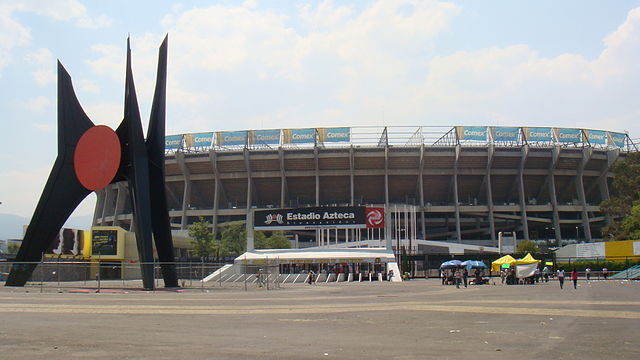
Estadio Azteca, the biggest, most famous stadium in Mexico is sometimes known as the “Colossus of Santa Úrsula.” Santa Ursula had been the name of the land grant previously at the same location just off of the Tlalpan causeway. (Today, it’s still the name of the surrounding neighborhood.) Opened on May 29, 1966, it greeted spectators who’d gathered to witness a friendly football match between Club América and the Italian Club Torino.
The third biggest football stadium in the Americas, it’s 11th biggest in the world, with a capacity for 87,523 spectators. Although, for the 1968 Mexico v. Brazil football match, some 119,853 spectators crowded in. That number was topped in 1993 for a boxing match between Julio César Chávez and Greg Haugen when some 132,247 spectators crowded well across the playing field.
It’s the only stadium in the world to have hosted two FIFA World Cups finals.
The sculpture visible in the photo above is El Sol Rojo by Alexander Calder. It was created and positioned here in the lead up to the 1968 Olympic Games.
Currently the home field of Club América, it’s been the scene of countless massive rock concerts, and has frequently been noted as the most emblematic football stadium.
Tours of the stadium are offered regularly. It’s most easily reached by taking the light rail train from Metro Tasqueña. The light rail station, fittingly enough, is Estadio Azteca.
 estadioazteca@televisa.com.mx
estadioazteca@televisa.com.mx
 +52 (55) 5487 3100
+52 (55) 5487 3100
 http://www.estadioazteca.com.mx/
http://www.estadioazteca.com.mx/

Nearest at 0.30 kms.
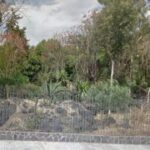
Nearest at 0.35 kms.
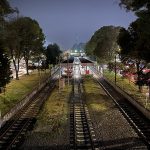
Nearest at 0.37 kms.

An all but forgotten island of the ancient Texcoco Lake . . .
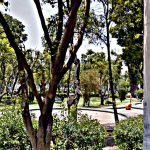
A charming neighborhood park in Tlalpan . . .
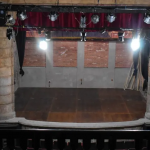
An exceptional mini-theater district in the heart of Churubusco . . .

A 24-hour flower market in a busy corner of Tlalpan's hospital district . . .
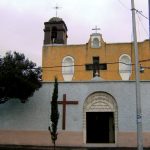
A tiny chapel recalls the long history of the Colonia Tránsito . . .